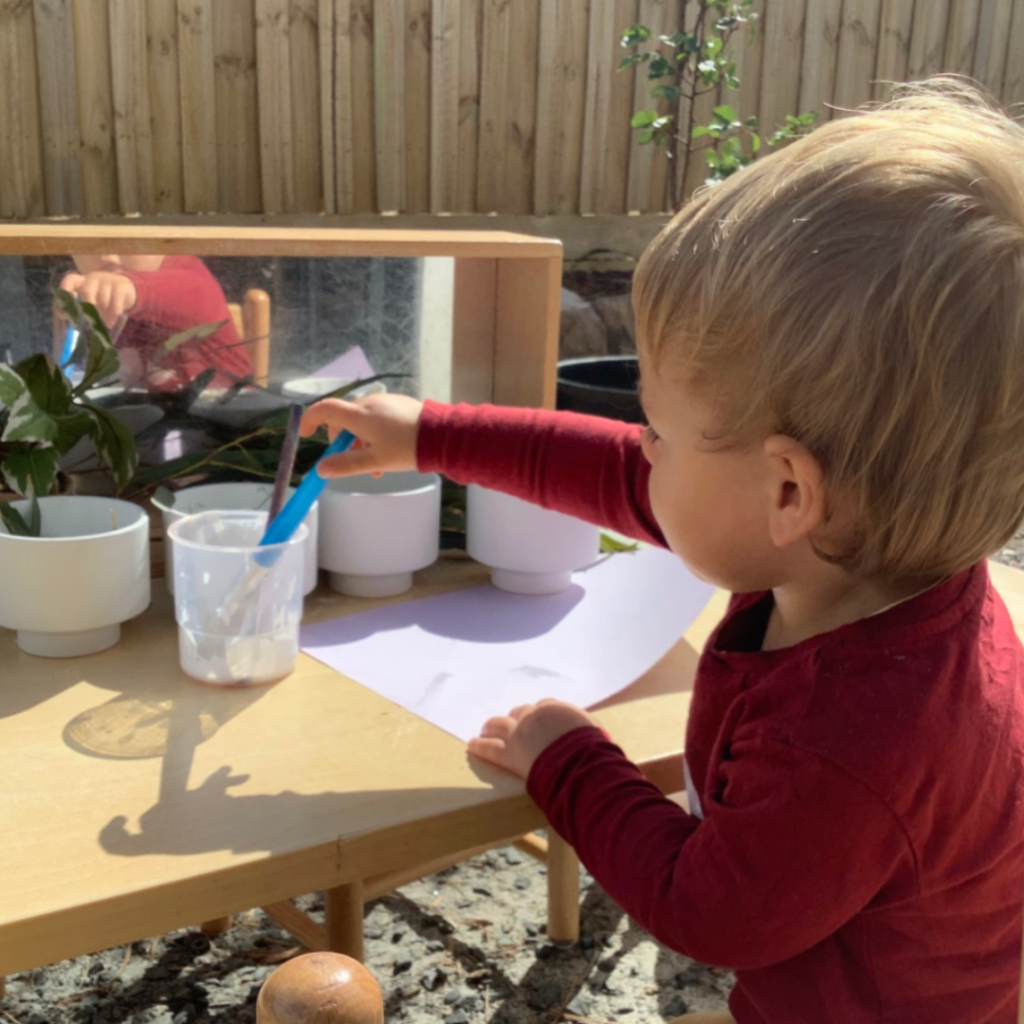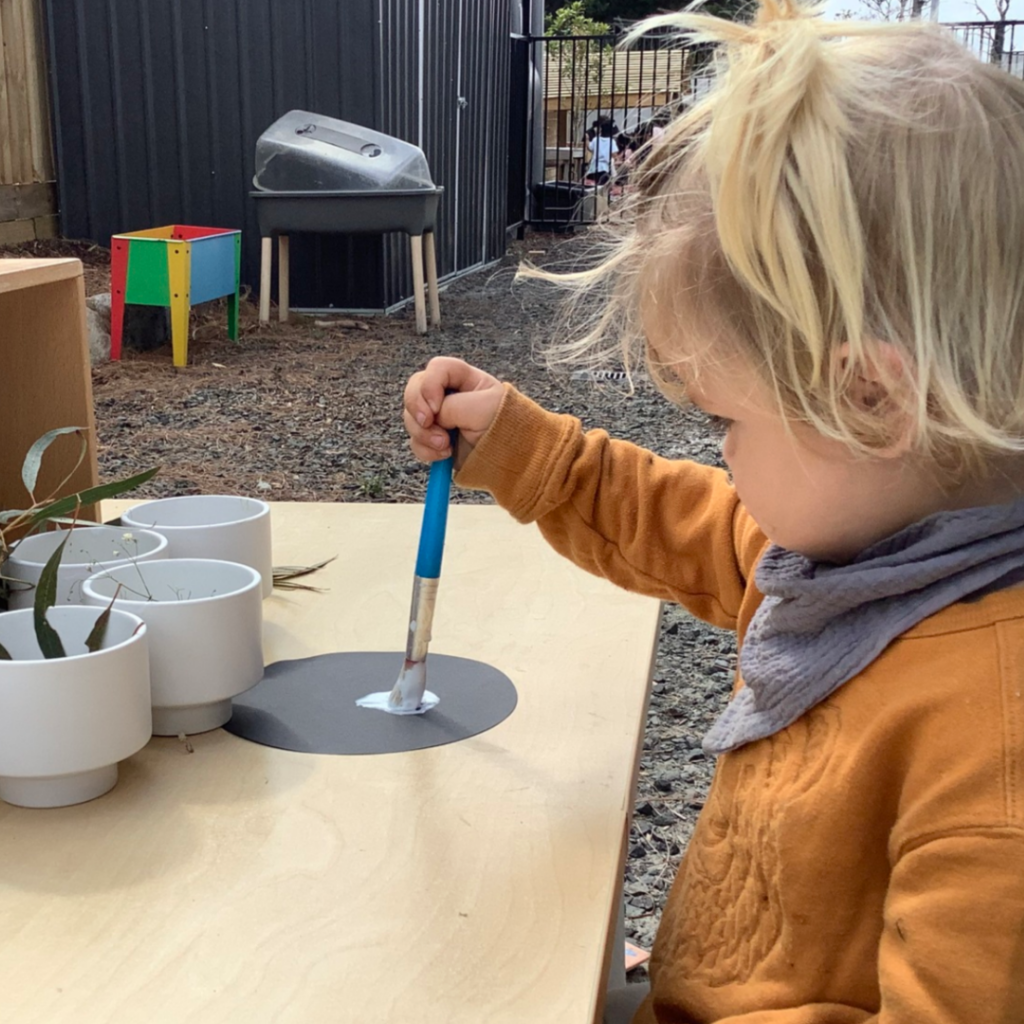The power of art: five ways artistic activities can support child development
Art is much more than meets the eye. Drawing, modelling, painting, and building aren’t just fun ways to play — they’re essential learning tools that encourage children to explore, question, experiment, problem-solve, think, and create. As such, they should be accessible to every child. Art is particularly valuable in early childhood when young brains are learning to interpret and absorb information. It can equip children with several skills and attributes necessary for success in all areas of life.
Here are three important ways in which art can support a child’s learning and development.
1. Art encourages self-expression
Art provide children an outlet to express their thoughts, feelings, and experiences. It’s a canvas upon which children can reflect what they know about the world, and make sense of their own experiences. As such, art presents an opportunity for adults and educators to understand what a child is feeling, and it’s a great way to spark conversations, too.
2. Art builds self-confidence
There’s no right way to do art, and at Inspired we nurture and provide a supportive environment where every child can feel confident and proud of their individual creations.
3. Art encourages cultural awareness
As a subject matter, art spans a huge range of ethnically and culturally diverse styles, genres, and forms. It can consequently be used to increase a child’s global awareness and their appreciation and understanding of diversity. Art can also be a fun and engaging geographical tool, teaching young children about different communities and cultures throughout the world.
At Inspired, we provide an artistic environment in which children can develop their social-emotional, motor, and language skills and practise self-expression whilst having fun at the same time.

